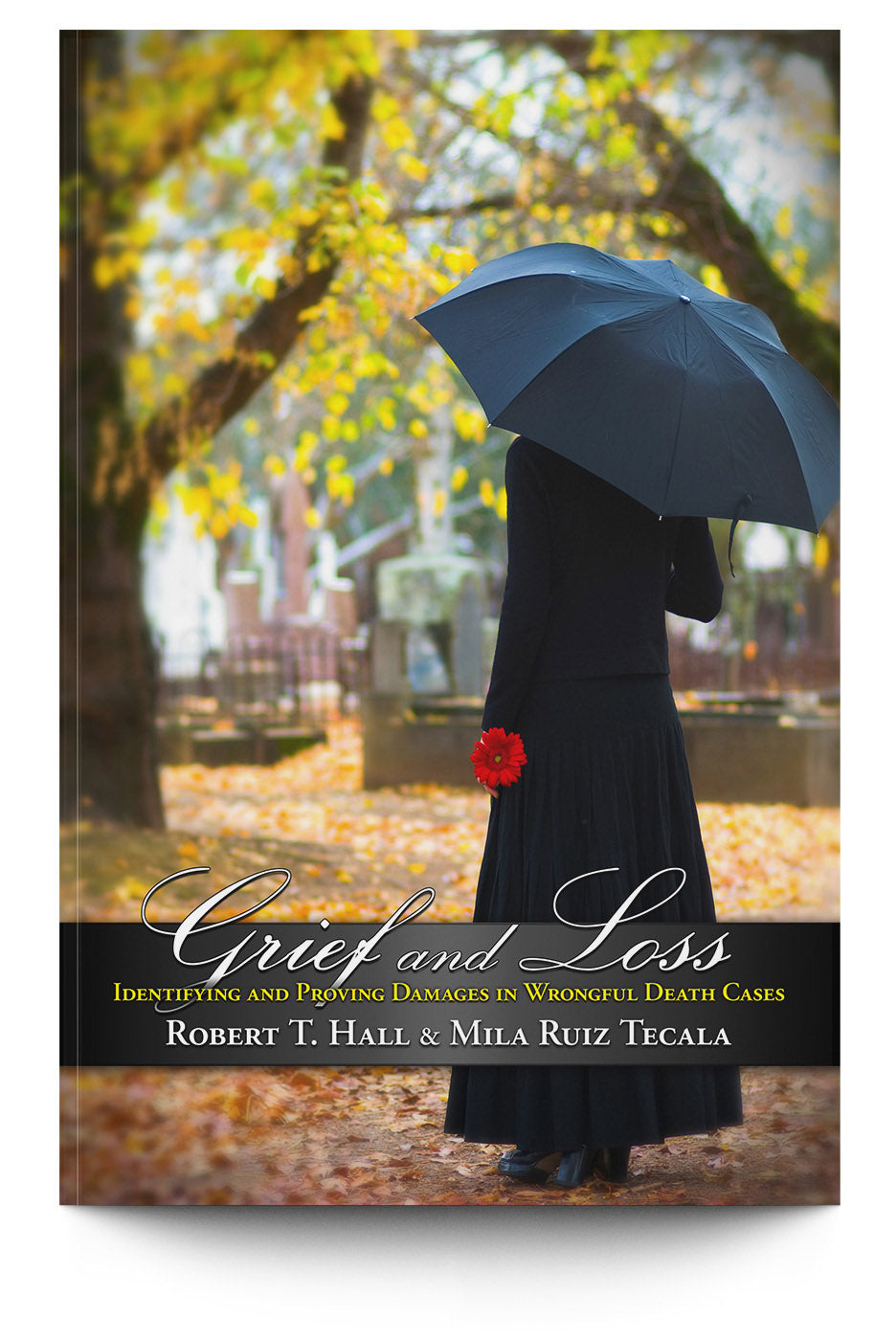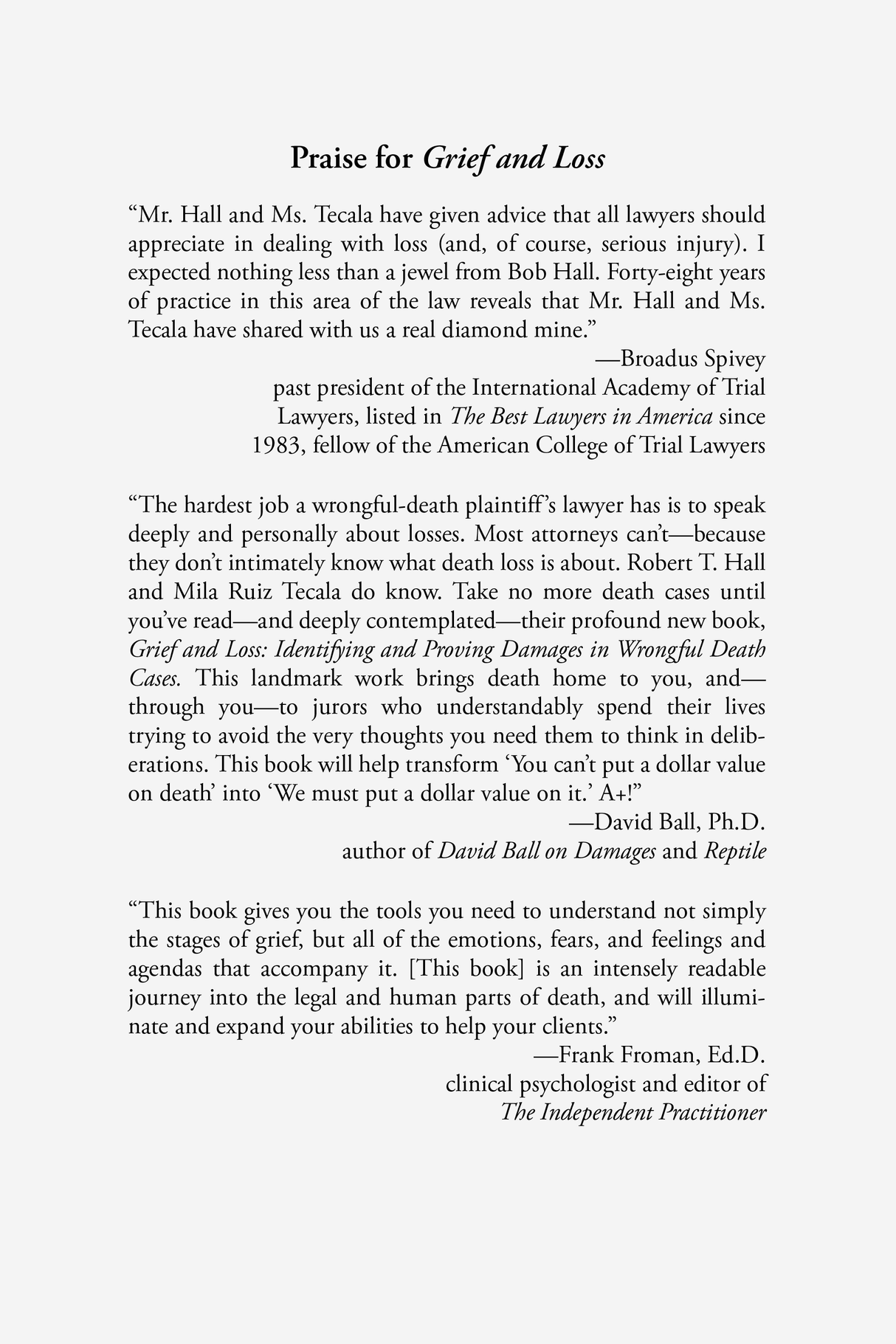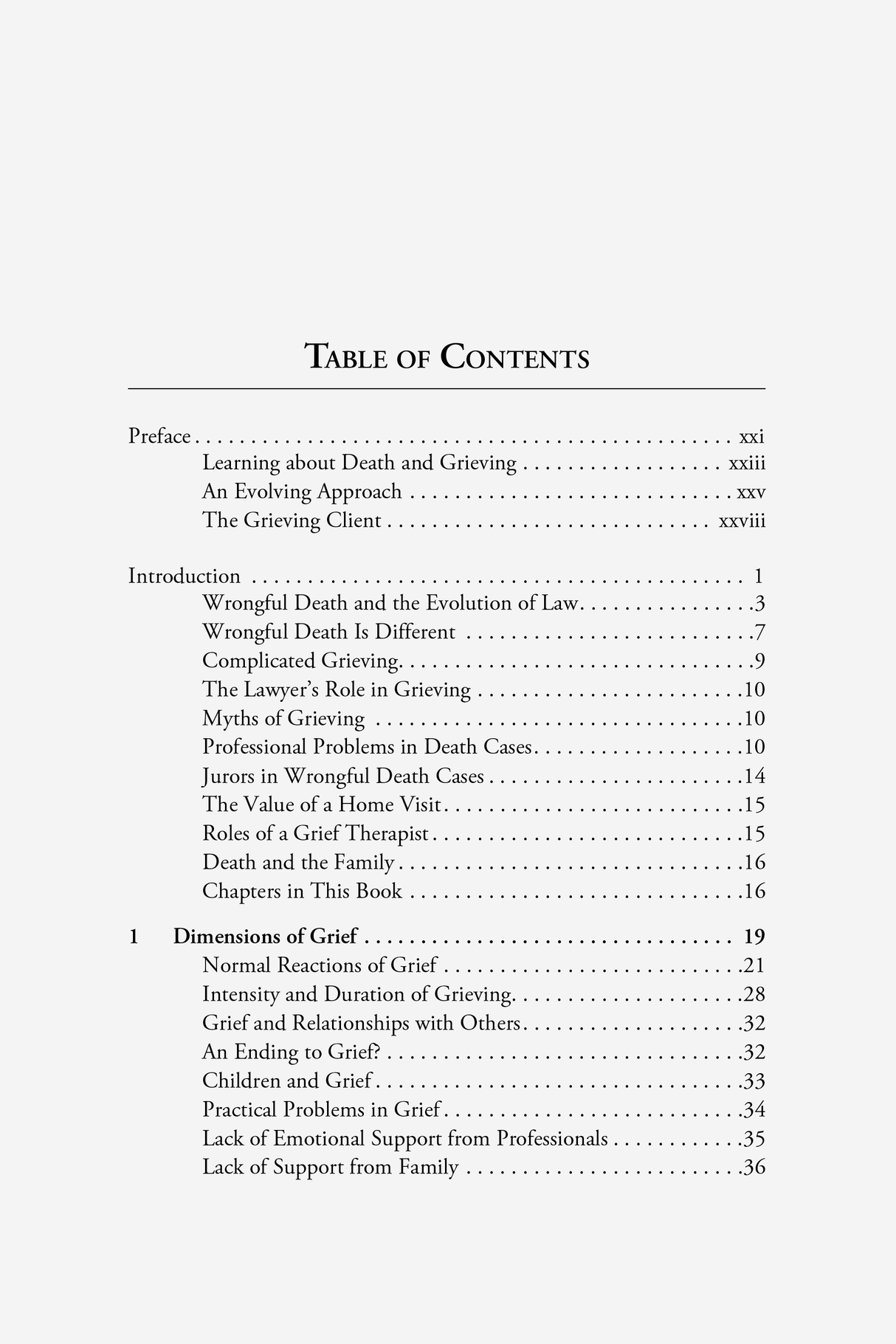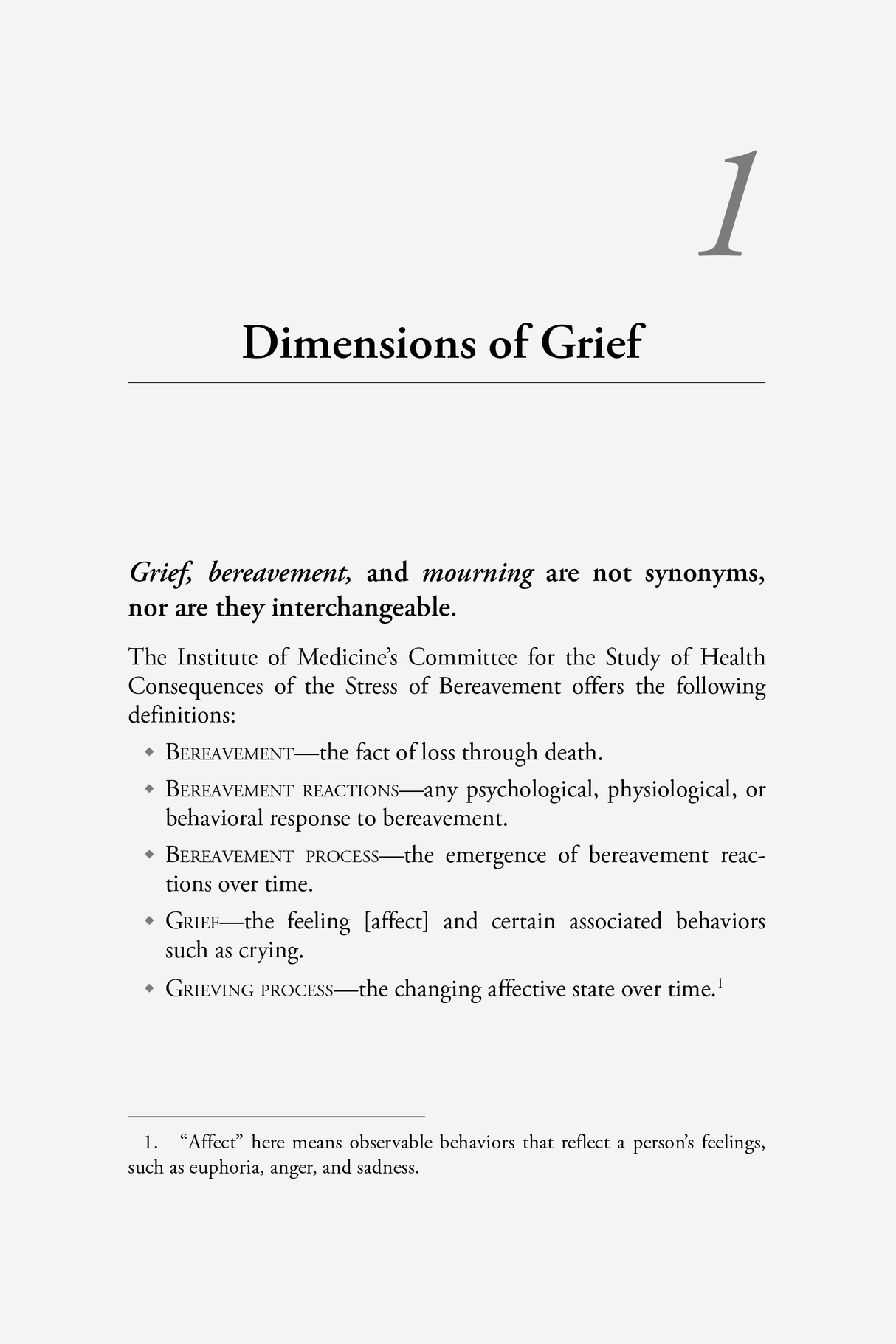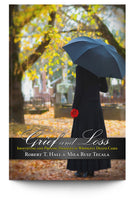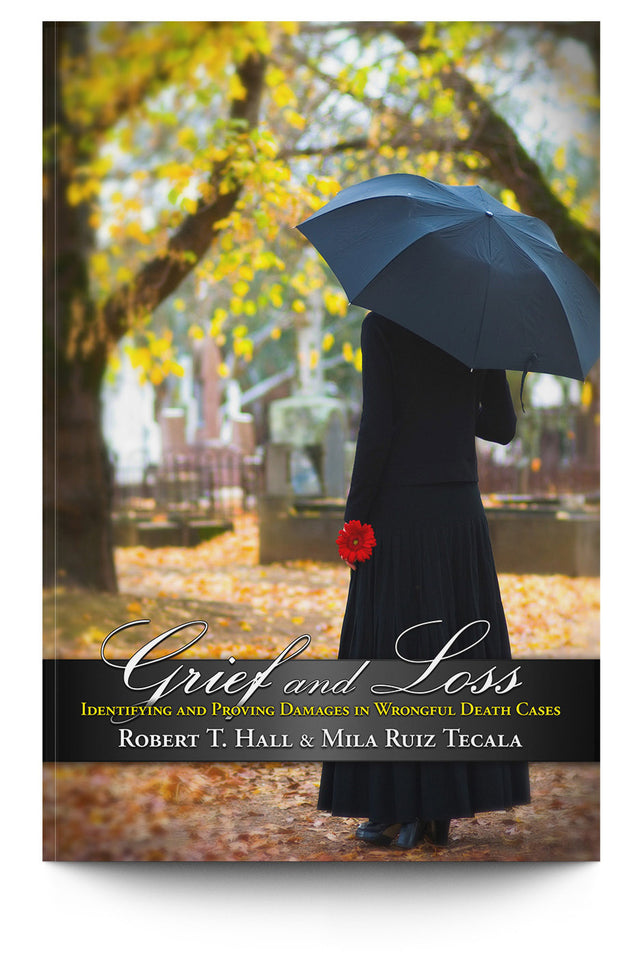Description
Description
This book is strongly recommended by leading trial consultant and damages expert, David Ball, as essential for presenting damages in wrongful death cases.
Handling wrongful death cases provides unique challenges for plaintiff lawyers. When a loved one dies, you often have no visible injuries to show. No expert can calculate the cost of maintaining a life in absence of a child, a wife, a parent, or a sibling. Instead, your client's noneconomic damages are invisible, difficult to quantify, and often incomprehensible. How do you communicate those intangible general damages to a mediator, a judge, or a jury?
Grief and Loss: Identifying and Proving Damages in Wrongful Death Cases brings expert knowledge from one of the country's leading trial attorneys specializing in wrongful death cases, Robert T. Hall, and from noted grief therapist Mila Ruiz Tecala. Together, Hall and Tecala teach you about the stages of grief, how the loss of a parent, a child, a spouse, or a sibling differ from each other, and how losing any loved one is a lifelong, life-altering experience. Applying the strategies in this book, you can show jurors that a family who experiences a death has not one loss, but a network of losses. Learn how to convey to the jury and decision makers that a death in the family is the death of that family.
But, you cannot try a wrongful death case correctly using the usual expert witnesses and lay witnesses. You need to ensure that the correct experts such as psychologists, psychiatrists and grief counselors, see and treat the family members in the time between the loss and ADR or trial.
Your job, as counsel, is to communicate that an untimely death is a damage just as tangible and real as wage loss or medical costs. This book can show you the way to fully develop your evidence and arguments for noneconomic damages in wrongful death claims. Hall and Tecala help you navigate the difficult waters of sorrow—various family members grieve in different ways, on different schedules, and sometimes in conflict with each other. What may seem like irrational or inexplicable behavior to you or your jurors may in fact be a part of mourning that a therapist would expect. With this book as a guide, you can become more understanding of your clients' loss, and more effectively communicate the damages to a mediator, a judge, or a jury.
This book is accompanied by downloadable files that contains the wrongful death laws in all fifty states, sample closing arguments by Hall and other notable trial lawyers, sample direct examinations of wrongful death beneficiaries and a grief counselor, several checklists, legal briefs, and other information on wrongful-death related topics.
If you want to improve your success handling wrongful death claims, and become a leading wrongful death lawyer in your area, study this book and incorporate its ideas at your law firm.
Authors
Authors
Details
Details
Paperback: 374 pages; 1st edition (2010); ISBN: 978-1934833117
Publisher: Trial Guides, LLC
Table of Contents
Table of Contents
- Preface
- Introduction
- Dimensions of Grief
- The Tasks of Grieving
- Complicated Grief
- Network Losses
- Death of a Spouse
- Death of a Parent
- Death of a Sibling
- Death of a Child
- Stigmatized Deaths
- Anticipatory Grief
- Stereotypes, Myths, and Misconceptions About Grief
- Grief Therapists
- Bibliography
Also included with book: CD with sample summations, checklists, and law
Free Chapter Sample
Free Chapter Sample
What Legal Leaders Are Saying
— Frank Froman, Ed.D., clinical psychologist and editor of The Independent PractitionerThis book gives you the tools you need to understand not simply the stages of grief, but all of the emotions, fears, and feelings and agendas that accompany it. [This book] is an intensely readable journey into the legal and human parts of death, and will illuminate and expand your abilities to help your clients.
— Bruce Buchanan, ACSW, LISW, BCD, past president of the Association of Social Work BoardsFinally, a book that will help two disciplines—attorneys and mental health professionals—understand one another in the work that they do for clients in grief. More importantly, this is a book that provides the clinician with an understanding of grief and all its complicated dynamics. These two authors make an important statement: “that a death in a family is a death of that family as it was then constituted.” This statement is masterfully discussed in examples throughout the book. Finally, this book also serves as an important work, helping licensed mental health professionals understand their ethical duty both in treatment and in court litigation. This is a book that I will read and reread as it becomes an important part of my library, as I hope it does yours.
— Broadus Spivey, past president of the International Academy of Trial Lawyers, listed in The Best Lawyers in America since 1983, and fellow of the American College of Trial LawyersMr. Hall and Ms. Tecala have given advice that all lawyers should appreciate in dealing with loss (and, of course, serious injury). I expected nothing less than a jewel from Bob Hall. Forty eight years of practice in this area of the law reveals that Mr. Hall and Ms. Tecala have shared with us a real diamond mine.
— Roberta D. Pichini, Esq., vice president of the International Academy of Trial Lawyers, Feldman Shepherd, Philadelphia, PAAchieving full and fair compensation for our bereaved clients in wrongful death actions has never been more challenging than it is today. Hall and Tecala confront those challenges head-on. They identify key areas of judge and juror resistance that interfere with the awarding of non-economic damages, including those situations traditionally most difficult, like death of a baby or unborn child, an elderly relative, a suicide victim, or a ‘stigmatized’ decedent. By exposing those myths and platitudes about death which jurors comfortably embrace in denying full compensation and by de-mystifying them, Hall and Tecala not only tell us the difficult truths, they provide essential strategies for achieving the best result possible, both as advocates and as counselors for our clients.
— Steven Walfish, Ph.D., a licensed Psychologist from Atlanta and co-author of Financial Success in Mental Health Practice: Essential Tool and StrategiesThis is one amazing book! Hall and Tecala present a perfect model of how attorneys and mental health professionals can work together to help meets the needs of the client involved in the judicial system. This is must reading for attorneys to better understand their clients to enhance their representation. This is must reading for mental health professionals seeking to apply their skill set in a forensic context. This is simply must reading.
— Patrick Malone, author of The Life You Save and co-author of Rules of the RoadAt the center of life is a great brooding mystery: death. All of us know something of it, but none of us really knows enough to adequately represent grieving family members who have lost a loved one. This book proves, quietly but forcefully, that we attorneys need to set aside the platitudes and preconceptions with which we “handle”—and too often hurt—our bereaved clients. Robert Hall and Mila Tecala give us the necessary tools to contemplate life’s greatest losses and to show juries and judges the full human dimensions of death and its appropriate compensation in court. But much more than a legal guide, this book educates every reader in a greater appreciation for the myriad ways in which all humans struggle with the challenge to go on living after a family member has died. Read it for your practice, but read it for your life too.

